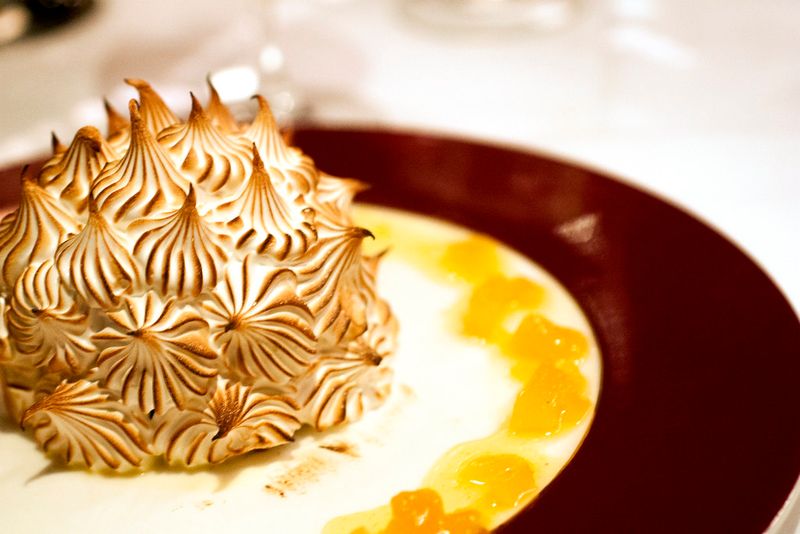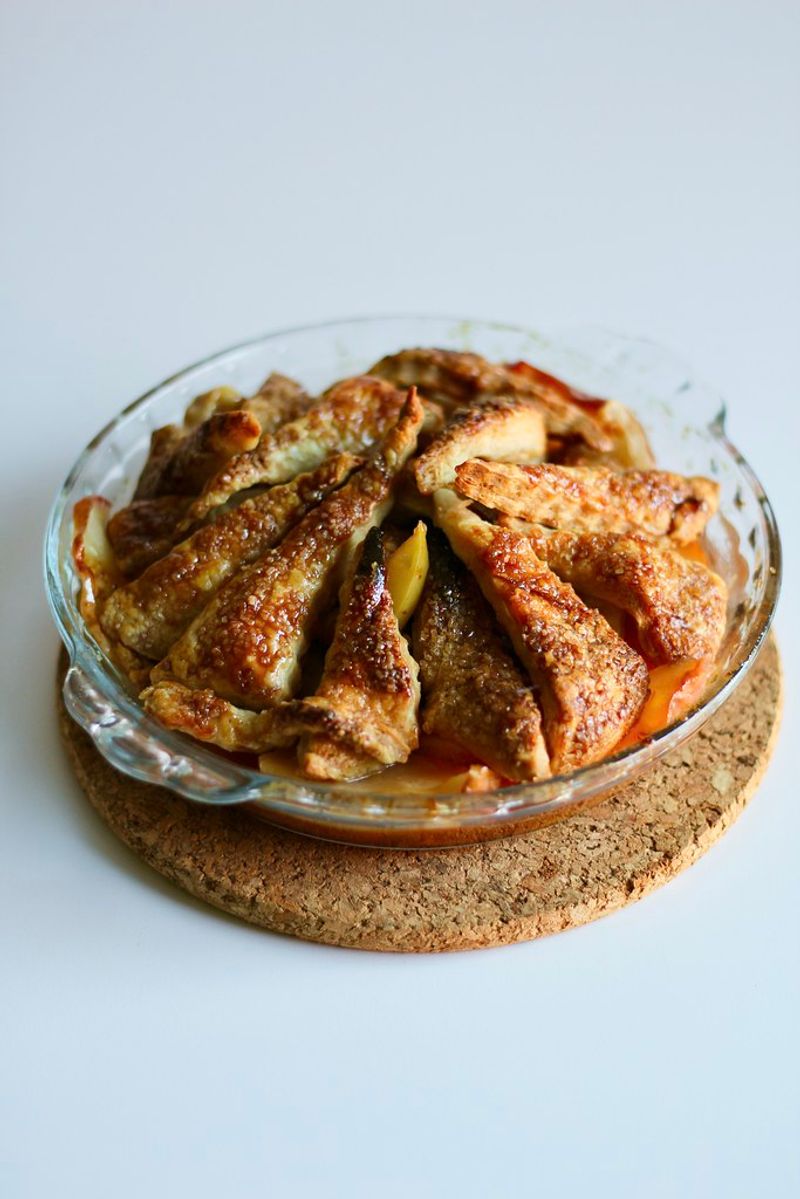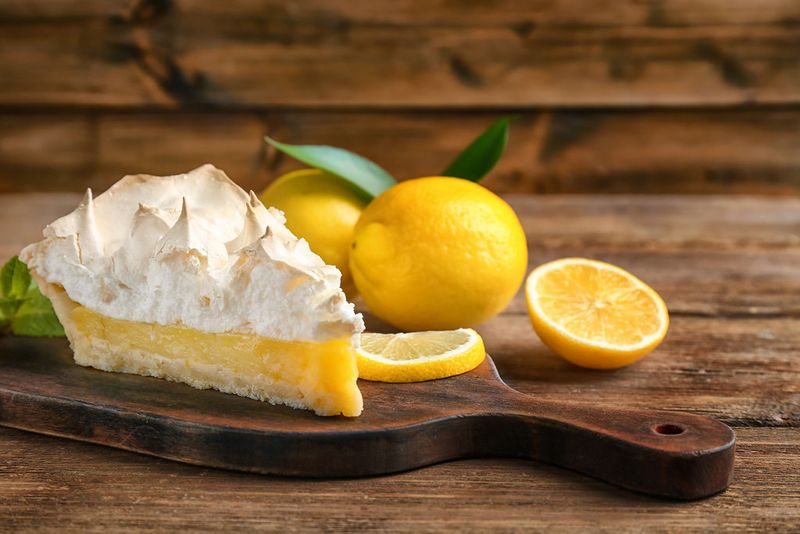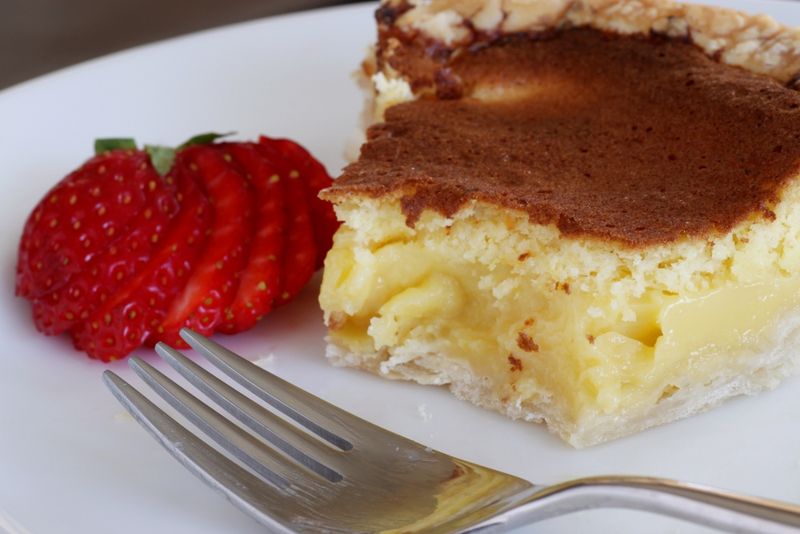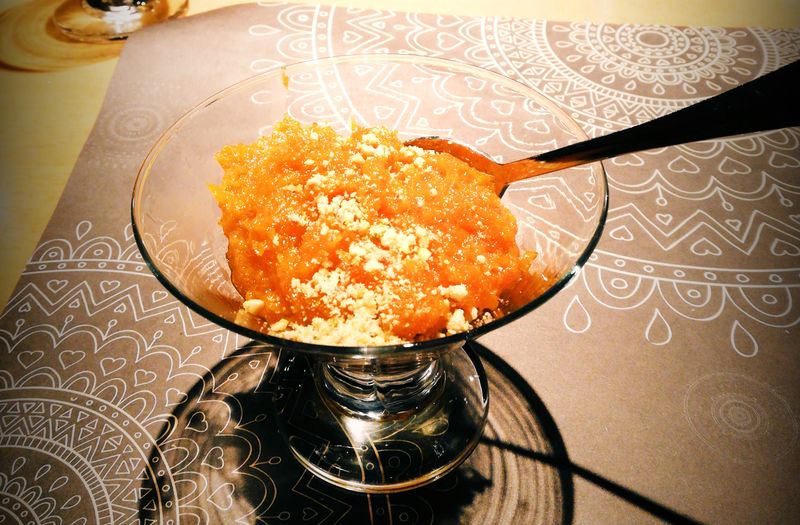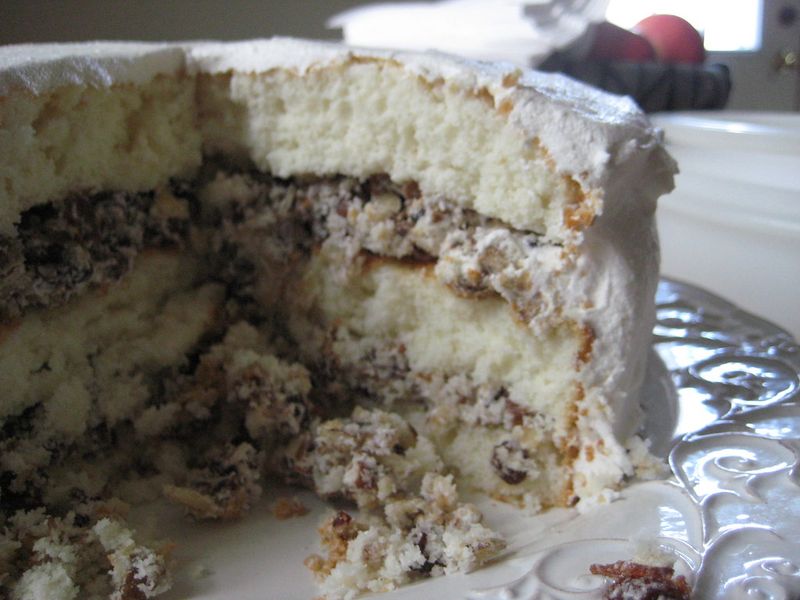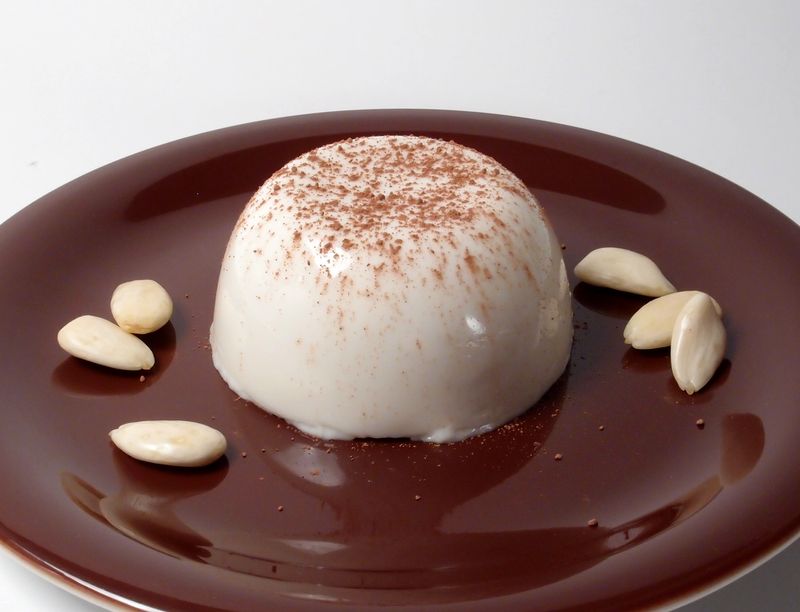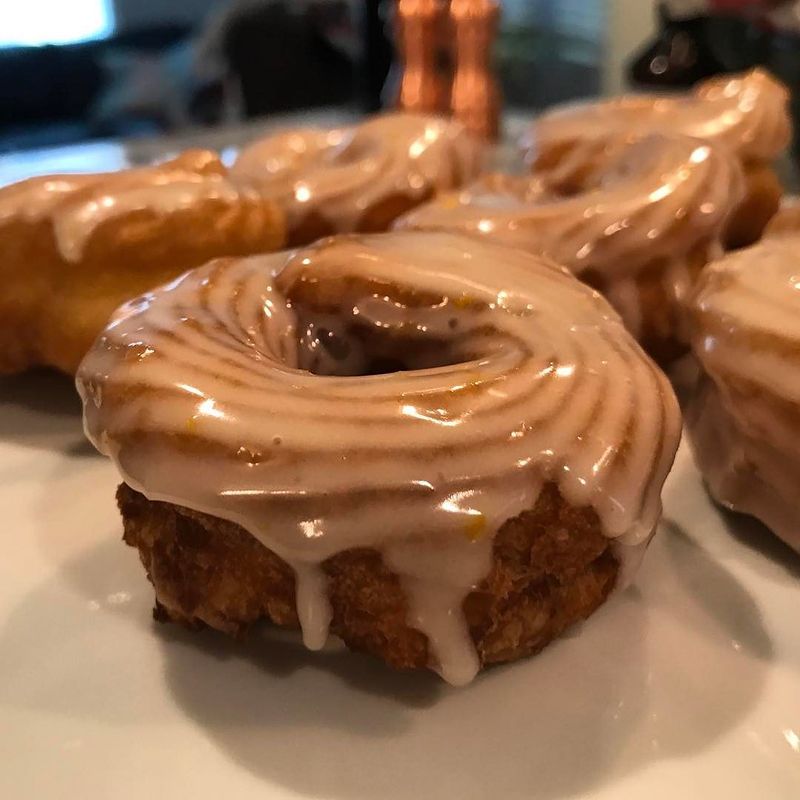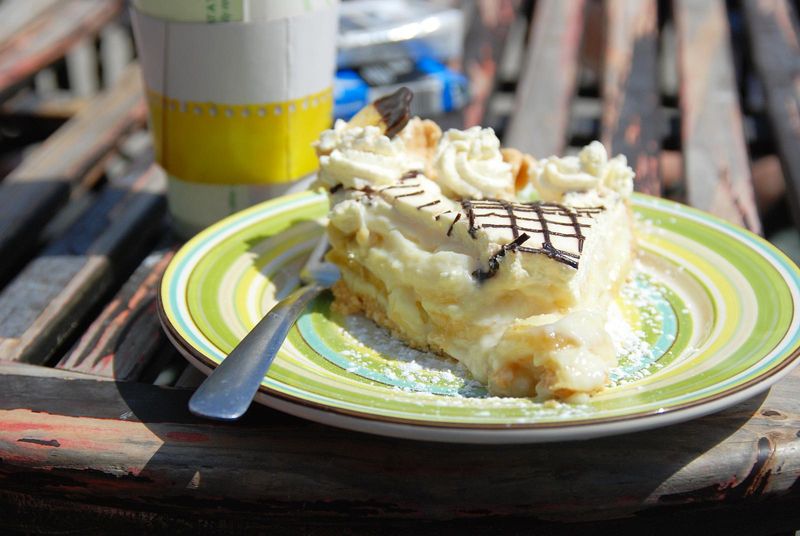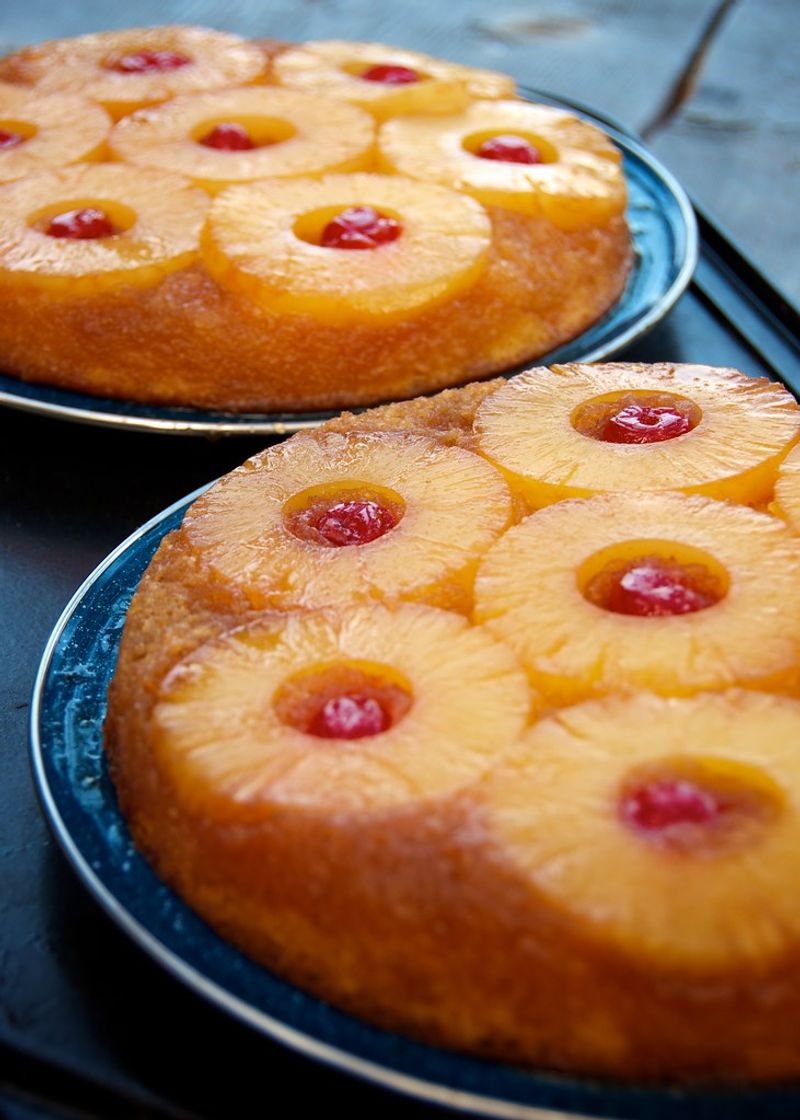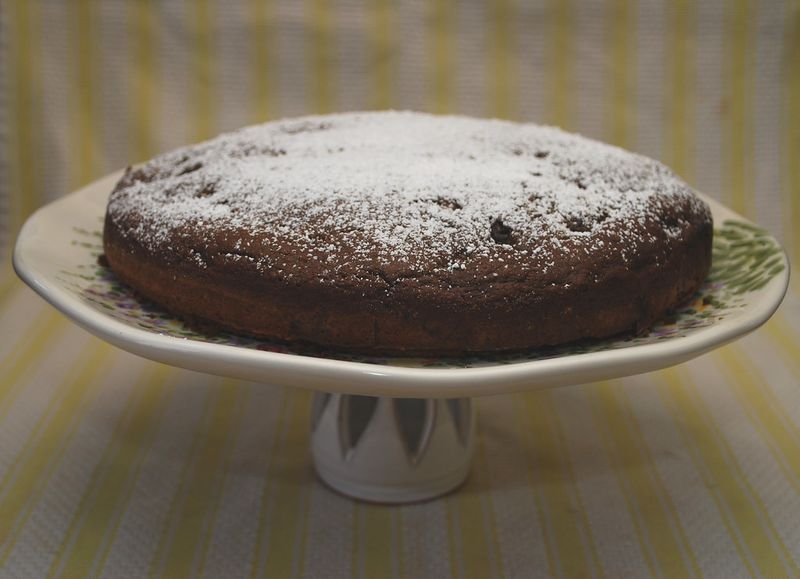Remember those desserts Grandma used to make that filled the kitchen with heavenly smells and warm memories? Many of these old-time treats have faded from our modern tables, replaced by trendy cupcakes and fancy fusion sweets. But these classic desserts offer something special – simple ingredients transformed into something magical through time-honored techniques. Let’s rediscover these forgotten treasures that deserve another moment in the spotlight.
1. Baked Alaska: The Dessert That Defies Physics
Ice cream encased in meringue and briefly baked – it sounds impossible, yet this showstopper dessert has been wowing dinner guests since the 1800s. Created to celebrate America’s purchase of Alaska, this magical treat combines hot and cold elements in perfect harmony.
The secret lies in the insulating properties of the fluffy meringue, which protects the ice cream from melting while the exterior browns under heat. Home cooks once mastered this seemingly contradictory creation for special occasions.
Making Baked Alaska today connects us to generations of ambitious hosts who understood that sometimes dessert should be theatrical as well as delicious.
2. Apple Pandowdy: Rustic Charm in a Baking Dish
Grandmothers across America once crafted this humble yet deeply satisfying apple dessert, named for its deliberately ‘dowdy’ or messy appearance. Unlike its perfectly latticed cousin, the apple pie, pandowdy features a top crust that gets broken or ‘dowdied’ midway through baking, allowing the sweet juices to bubble up through the cracks.
The technique creates a beautiful mosaic of golden pastry and caramelized fruit. Spiced with cinnamon and nutmeg, this dessert embodies comfort food at its finest.
Colonial Americans adored this practical dessert that made the most of fall’s apple harvest and didn’t require fancy pastry skills.
3. Cherries Jubilee: Flaming Elegance from a Bygone Era
Created for Queen Victoria’s Diamond Jubilee in 1897, this dramatic dessert once graced the finest restaurant tables with its theatrical presentation. Fresh cherries simmered in a sweet syrup, doused with brandy, then set aflame tableside – pure culinary magic!
The alcohol burns off, leaving behind a rich sauce that’s spooned over vanilla ice cream. The combination of warm, boozy cherries and cold, creamy ice cream creates an irresistible contrast of temperatures and textures.
Before molecular gastronomy and deconstructed desserts, Cherries Jubilee proved that sometimes the most memorable sweet finishes involve a touch of danger and spectacle.
4. Lemon Chiffon Pie: Cloud-Like Citrus Perfection
Light as air yet bursting with bright lemon flavor, this pie represents mid-century American ingenuity at its finest. The secret? Whipped egg whites folded into a tangy lemon curd create that signature fluffy texture that melts in your mouth.
Served in a delicate graham cracker crust and topped with whipped cream, this dessert was a staple at ladies’ luncheons and Sunday dinners throughout the 1950s and ’60s. Unlike dense lemon meringue pies, the filling itself contains the airy element.
One bite transports you to neighborhood potlucks where proud home bakers showed off their chiffon-making skills, achieving that perfect balance between tart and sweet.
5. Chess Pie: Southern Simplicity in Sweet Form
From humble pantry staples comes this rich custard pie that’s been a Southern staple since colonial times. The magic happens when basic ingredients – eggs, sugar, butter, and a splash of vinegar – transform into a caramelized filling with a slightly crunchy top.
Folklore suggests the name came from plantation cooks who, when asked what they were baking, replied “jes’ pie” (just pie). Others claim it was stored in a chest or “chess” before refrigeration. Variations include chocolate, lemon, or buttermilk.
This dessert represents the ingenuity of Southern cooks who created something extraordinary from ordinary ingredients – a true testament to culinary creativity born of necessity.
6. Carrot Pudding: The Christmas Classic Before Carrot Cake
Before carrot cake claimed the spotlight, this dense, moist pudding was the star of holiday tables across America and Britain. Steamed for hours in a special pudding mold, this spice-laden dessert combines grated carrots with breadcrumbs, suet, dried fruits, and warming spices.
Often served with a hard sauce made from butter, sugar, and brandy, carrot pudding represents celebration and abundance. During wartime rationing, resourceful cooks used carrots’ natural sweetness to reduce sugar in desserts.
Victorian Christmas dinners wouldn’t be complete without this pudding, which could be made weeks in advance and stored until the big day – a practical solution for holiday entertaining before modern refrigeration.
7. Lady Baltimore Cake: The Wedding Cake of the South
Named after a popular 1906 romance novel, this elegant white layer cake once graced weddings and special occasions throughout the American South. Distinguished by its delicate texture and unique filling of chopped dried fruits and nuts bound with white frosting, it represented the pinnacle of celebration baking.
The cake features three layers of soft white cake filled with a mixture of raisins, figs, cherries, walnuts, and sometimes a splash of sherry. Its companion, the Lord Baltimore Cake, uses egg yolks instead of whites for a golden color.
Southern hostesses once judged each other’s social standing by the height and lightness of their Lady Baltimore creations – a true test of baking prowess.
8. Blancmange: The Elegant Milk Pudding
This silky, molded dessert once graced Victorian dinner tables with its elegant simplicity and delicate almond flavor. Made from milk thickened with gelatin or cornstarch and shaped in decorative molds, blancmange (meaning “white food”) was the sophisticated ancestor of modern pudding cups.
Originally brought to medieval Europe by Arab traders, the dessert evolved from a chicken-based dish to the sweet version we know today. The classic version has a subtle almond flavor, though variations include rose water, vanilla, or fruit.
Before electric refrigeration, creating a perfectly set blancmange required skill and precise timing – a testament to the dedication of past dessert makers.
9. Crullers: The Twisted Donut Delight
Long before fancy donut shops offered exotic flavors, these hand-twisted pastries delighted breakfast tables and coffee breaks across America. Made from a light choux pastry (the same dough used for eclairs), crullers are distinguished by their ridged, twisted shape and airy interior.
French immigrants brought these treats to America, where they became a staple in New England bakeries. The name comes from the Dutch word “kruller,” meaning “to curl or twist.” Traditional versions feature a simple glaze or light dusting of sugar.
The joy of biting into a cruller is experiencing that perfect contrast between the crisp, ridged exterior and the tender, almost custardy inside – a textural masterpiece.
10. Banana Cream Pie: The Diner Classic Worth Reviving
Nothing says classic Americana quite like a perfect slice of banana cream pie – that heavenly combination of sliced bananas, vanilla custard, and billowy whipped cream in a flaky crust. Once the star of rotating pie cases in diners across the country, this dessert represents comfort food at its finest.
The contrast between the cool, silky custard and the fresh banana slices creates a textural symphony. A proper banana cream pie requires patience – the custard must be cooked slowly until thick, then cooled completely before assembly.
This dessert gained popularity in the early 20th century when bananas became more widely available in the United States, bringing tropical flavor to everyday tables.
11. Pineapple Upside-Down Cake: Mid-Century Marvel
The perfect symbol of 1950s optimism, this cake turns the traditional baking process on its head – literally! Caramelized brown sugar and pineapple rings are arranged in the bottom of a pan, topped with cake batter, then flipped after baking to reveal a glistening, jewel-like top.
The cake rose to popularity after the Dole Pineapple Company sponsored a recipe contest featuring canned pineapple. Maraschino cherries placed in the center of each pineapple ring add that distinctive retro touch that defined mid-century dessert aesthetics.
Made in cast iron skillets in farmhouse kitchens or Pyrex dishes in suburban homes, this dessert represents American ingenuity and the post-war embrace of convenience foods.
12. Molasses Cake: Dark, Rich Heritage in Every Bite
Deep, complex, and unapologetically bold, molasses cake represents American baking at its most honest. This dense, moist cake gets its distinctive flavor and color from blackstrap molasses – a byproduct of sugar refining that was once a staple in rural American pantries.
Often spiced with ginger, cinnamon, and cloves, this cake was born of practicality. Molasses was more affordable than refined sugar and provided iron and other nutrients. Some versions include applesauce or coffee to enhance the rich flavor profile.
Many families have passed down molasses cake recipes for generations, particularly in New England and Appalachia where this robust sweetener helped sustain communities through harsh winters.

